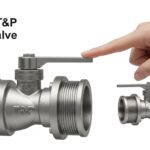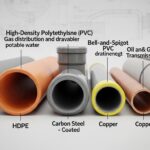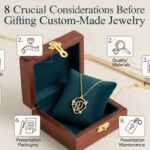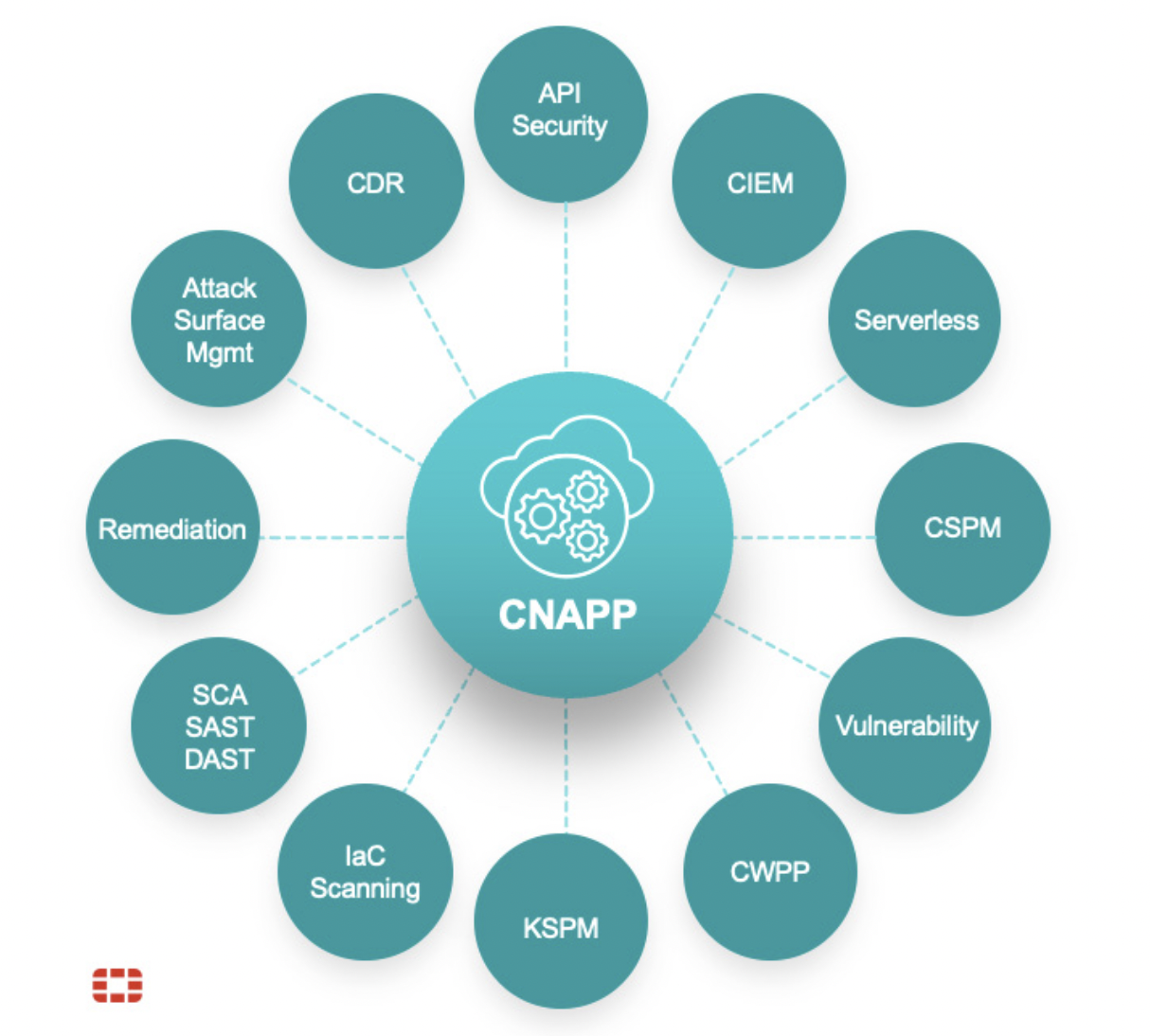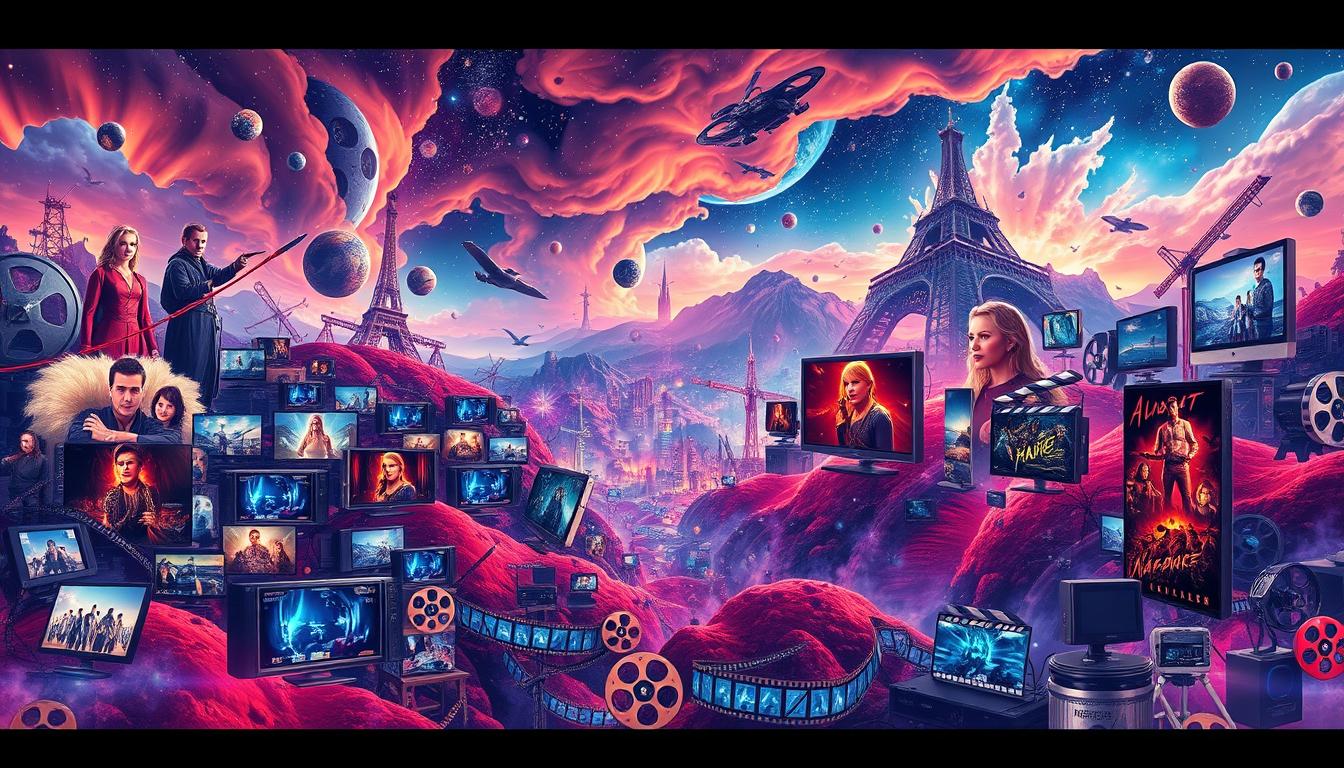So I want to know, how do you make these? I understand it involves super thin wood and some kind of resin? Please tell me more!
My work is very much making sense of different materials. I collect scraps like crazy and stash them at my studio throughout the year. Wood, fabric, paper, tools…it’s all part of the alchemy. As most of my work’s pretty geometric, I’m excited to find scraps and shapes I can riff on to have a dialogue. I like to think the materials tell me where to go.
Most recently I’ve been layering my compositions in epoxy resin. Old school printmaking techniques have really lent themselves to the process, registering shapes and line work. My mind works in layers and I’ve always pushed to obscure dimension in my work. Playing with resin to put physical space and shadows between layers of composition is super exciting.
How long does one of these works take?
I’ve always felt less is more in my work. I push myself to pack the biggest punch with the fewest marks. As my work’s evolved to become more refined, my more recent pieces don’t take me long at all. Compositionally, at least. The biggest stop gap is waiting for resin to cure. Once I’ve cast, the resin self-levels and needs to sit overnight before it’s solid.
I’m a non-perfectionist, maybe all artist are a bit, but I feel like I’d explode with rage if I tried to do something that had to be so perfect and so exact. Tell me what this process is like for you, cause I’m assuming it’s quite different.
I wouldn’t say I strive for perfection, but I definitely have a level of precision in my work. I design loosely but keep my angles and shapes tight. Compositionally, my favorite pieces are the ones where I’ve fooled myself, leveraging dimension I hadn’t intended. It’s a bit of a meditation balancing control while working freehand. It’s important for me to have a level of looseness to create work that’s exciting.
How long have you been constructing work this way?
Well…since Legos. I’ve always enjoyed piecing things together. When I was younger I built lots of models and Estes rockets. It’s fun for me to make sense of the materials laid out in front of me – like a puzzle.
During high school I was really excited about the punk DIY scene in Berkeley and Oakland. I screen printed and stenciled anything I could riffing on album art I thought was cool. Album art paved my way to printmaking. I fell in love with it because it’s all modular. I could work and rework compositions as much as I like until I had a template to print endlessly. Later I began mixing media and different plates to create more complex compositions.
Later I developed a huge appreciation for 60-70’s tour posters. I was lit up by their symmetry and ornamentation. Geometry quickly became my focus in college. Oddly enough, after graduating I’ve had to unlearn a lot of the ‘accurate’ perspective rendering I learned in art school. Artists like Al Held and Frank Stella have been some of my heroes. Their work helped me realize how fascinating it was to create perspectives and planes that couldn’t physically exist in one space. I ate them up. Their art brought to appreciate a whole slew of artists; from early constructivists to more modern day graphic designers like Andy Gilmore.
Until the last couple years, I’d always strived to render shapes and designs drafting with my pencil and pen. I’ve skeptically realized there’s a whole world to explore incorporating imaging software into my work flow. The art that I’m creating now is most definitely my exploring possibilities with Adobe Illustrator. Granted, my pieces are constructed by hand, but having the opportunity to draft endlessly and combine compositions has been a major launch pad. I knew litho and etching weren’t the end of the road. But those traditional techniques absolutely paved the way for me to explore new media.
So your studio is at FM, such a great space. How did you get started here and what has it been like to grow in this collective of art studios?
Working in a space where folks are exploring creative ideas day in and day out has been so incredible. It’s sacred. I was afraid I’d be making art in a vacuum after college. Between the ten of us, there’s so much encouragement to keep creative juices flowing.
Years ago, Peter, one of FM’s founders, made it out to a solo exhibition I was having a WeArtspace. It was a funky show where I grid 800 yards of bookbinding thread in twisting planes across a live/work space. It was almost hard to maneuver around, but so much fun. After the show Peter insisted that I start working at FM Gallery. I think he saw that I could use a dedicated space for craft. I’m super grateful to him. All of us at the studio have become pretty dear to each other.
I do have a full time job. Luckily it leverages the craftsmanship I channel in my art. I work with some of the most talented people I know, framing and restoring artwork. Needless to say, I divvy up my time between work and play, but it balances out quite nicely.I visit my studio as regularly as possible, however, a lot of brainstorming is elsewhere. I make a point of exploring new spaces to recharge my batteries. I catalog imagery and snip-its of my day to day. Signage and symbols are huge for me. I love walking about town honing in on the architecture, colors, and type all around me. My art is definitely reactionary to living in a place with so many shapes and signs.I’m most excited to be in the studio when I have something new up my sleeves – something I’m not quite sure will work. Most of my work starts to take form playing with techniques I haven’t tried before.What do you watch/ listen to while you work? What is next for you?
Music always sets the scene in my studio. It’s rarely silent. Lately I haven’t been able to turn off Amen Dunes and Laurel Halo. I’ve always considered music similarly to my art; modular, in layers and textures. I can go from adrenalized electronic music to sultry blues on the dime. I’m sure I drive my studio mates nuts. Between the ten of us, though, there’re a lot of great tunes in rotation.
As far as the future, I can’t help but think about furniture. I’d like to develop different surfaces for my pieces, where compositions correspond to the shape of the piece.I’ve wanted to handle my pieces more, give them some kind of functionality. I’ll keep you posted.


